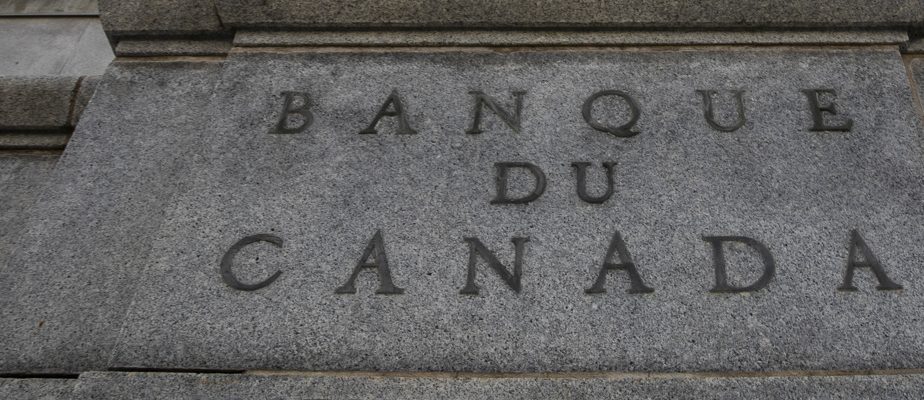The conditions expected by the Bank of Canada to reduce its key rate “should materialize during the year,” concluded its board of directors during the deliberations which led to its decision of March 6.
The Central Bank then maintained the key rate at 5% and assured that it was still too early to think about reducing it. However, in their discussions prior to this decision, the governor and deputy governors clearly mentioned the possibility of an imminent reduction.
After agreeing on the conditions that had to be met before starting to reduce the policy rate, the bank’s executives “agreed that if the economy evolved in accordance with the bank’s projection, these conditions should materialize in the during the year”, we learn in the report of the deliberations which took place in the week preceding the decision.
If they agree on an upcoming cut, central bank leaders are divided on when to announce it. “Members, however, had differences of opinion as to when there was likely to be sufficient evidence that these conditions were met,” the minutes said.
Since then, Statistics Canada has reported that inflation fell in February for a second consecutive month and the Consumer Price Index stood at 2.8%. Since the CPI is within the Bank of Canada’s target range of 1% to 3%, pressure is increasing on its leaders to let go.
Worried about housing
In the discussions that led to maintaining the status quo on March 6, central bank leaders noted that inflation is showing slow but real signs of slowing. However, they estimated that the CPI would probably remain around 3% “in the months to come”.
One of their main concerns concerns the cost of housing, namely the cost of mortgage interest and the cost of rent, which continue to fuel inflation.
The cost of mortgage interest has an effect on inflation, but this effect is not permanent, because interest rates will eventually fall. The central bank’s leaders are of the opinion that “if mortgage interest were the only component to harm the decline in inflation, they could perhaps ignore it so as not to unduly slow down economic activity in order to reduce overall inflation to 2%. But this is not the case, they believe.
The bank is more concerned about other components of housing costs, such as rent, home insurance, property taxes and repair costs, which are still rising sharply and are beyond the control of monetary policy. .
The Bank of Canada also expected the housing sector to rebound in the spring, which the latest statistics on home resales seem to confirm. “If the housing sector were to rebound in the spring, the rise in housing costs could increase, which would delay the return of inflation measured by the CPI to the target of 2%,” fears the steering committee of the bank.
The next decision on the key rate will take place on April 10. It will then be known whether the central bank’s concerns about housing have eased enough for it to officially open the door for the first time to the long-awaited interest rate cut.
